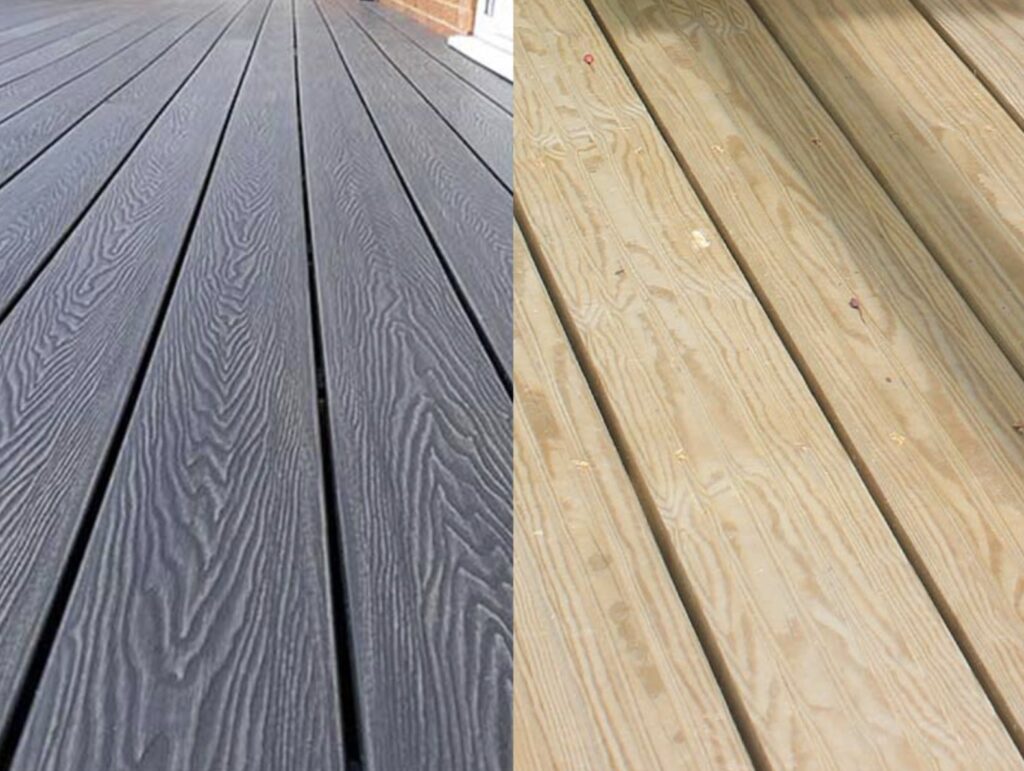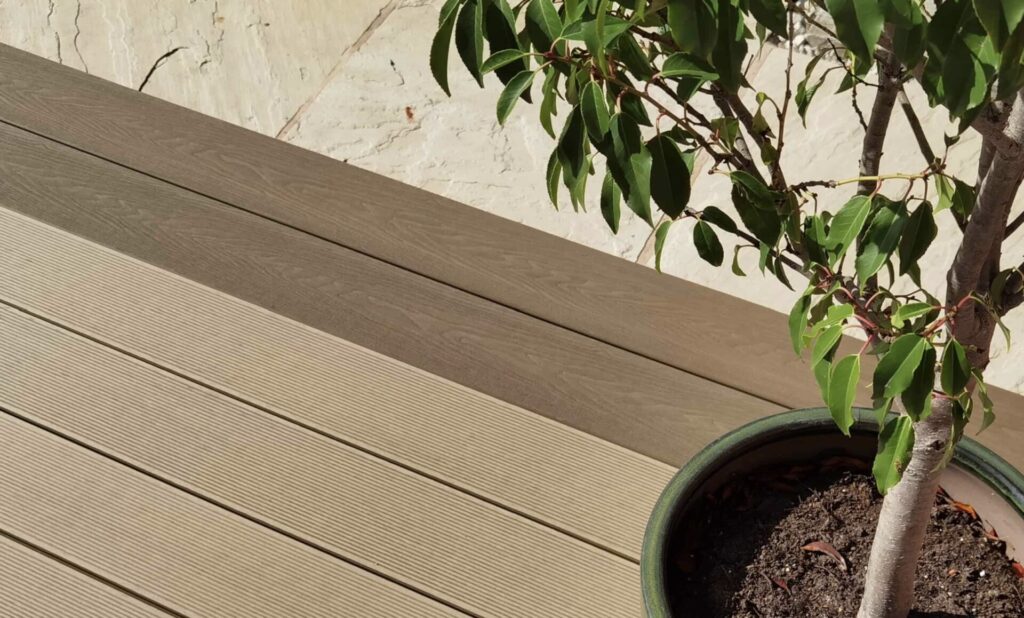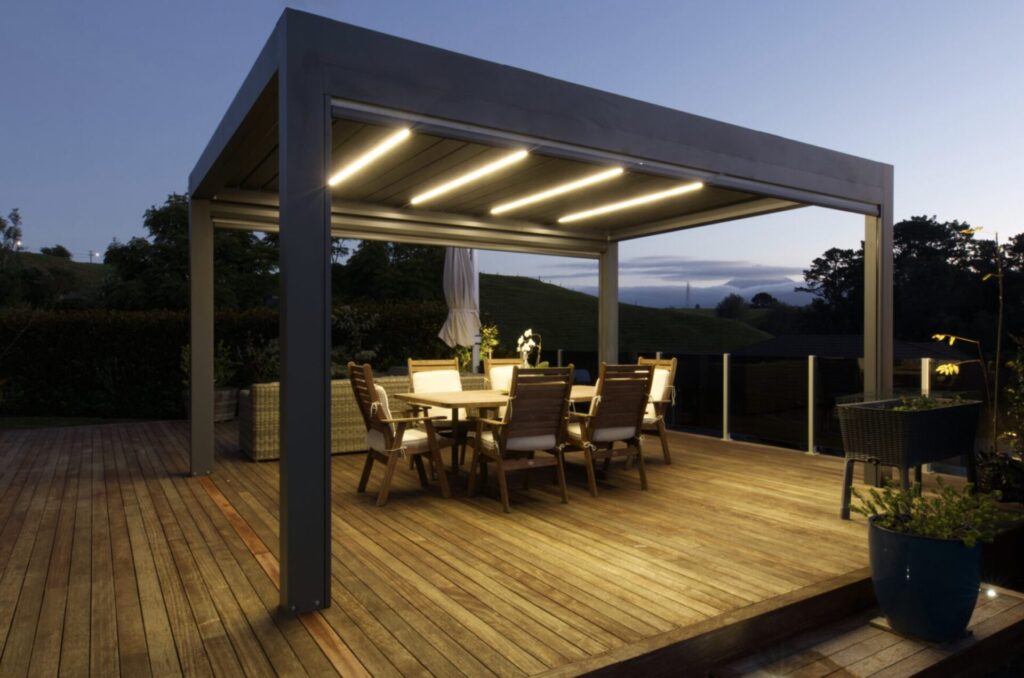If you are considering building a deck in New Zealand, one of the most important decisions you will make is choosing the right decking material. With so many options available, it can be overwhelming to decide which one is best for your needs. One factor to consider is whether to use capped or uncapped decking.
Capped decking is a newer technology that involves adding a protective layer to the surface of the deck boards. This layer helps to prevent moisture damage, fading, and staining, and can also improve the overall durability of the deck. Uncapped decking, on the other hand, does not have this protective layer and may be more susceptible to damage over time.
When deciding between capped and uncapped decking, it is important to consider factors such as durability, maintenance, and cost. While capped decking may be more expensive upfront, it may require less maintenance and have a longer lifespan, making it a more cost-effective option in the long run. However, uncapped decking may be a more budget-friendly option for those who are willing to perform regular maintenance and upkeep.
Key Takeaways
- Choosing between capped and uncapped decking is an important decision when building a deck in New Zealand.
- Capped decking offers greater durability, less maintenance, and a longer lifespan, but may be more expensive upfront.
- Uncapped decking may be a more budget-friendly option, but requires more maintenance and may have a shorter lifespan.
Table of Contents
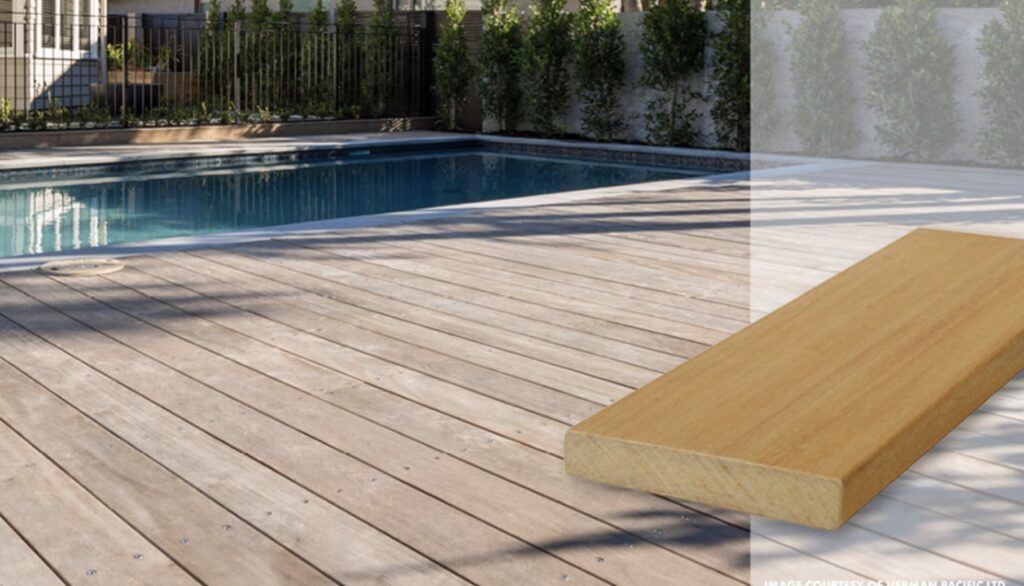
Understanding Decking Materials
When it comes to decking materials, there are several options to choose from. Each material has its own unique characteristics, advantages, and disadvantages. In this section, we will provide you with an overview of some of the most common decking materials available in New Zealand.
Wood Decking
Wood decking is a popular choice for homeowners due to its natural beauty and warmth. The most common types of wood decking used in New Zealand are softwoods such as pine, kwila, and vitex. Softwoods are more affordable than hardwoods, but they are also less durable and require more maintenance.
Composite Decking
Composite decking is a man-made material that combines wood fibers with plastic. It is a low-maintenance option that is resistant to rot, mold, and insects. Composite decking is available in a range of colors and textures, making it a popular choice for those who want a modern and stylish look for their deck.
Bamboo Decking
Bamboo decking is an eco-friendly option that is made from bamboo fibers and recycled plastic. It is durable, easy to maintain, and resistant to moisture and insects. Bamboo decking is also available in a range of colors and textures, making it a versatile choice for homeowners.
Recycled Plastic Decking
Recycled plastic decking is a sustainable option that is made from recycled plastic waste. It is resistant to rot, mold, and insects, and it requires very little maintenance. Recycled plastic decking is available in a range of colors and textures, making it a great choice for those who want a modern and eco-friendly look for their deck.
Timber Decking
Timber decking is a traditional option that is made from natural wood. It is a popular choice for those who want a classic and timeless look for their deck. Timber decking is available in a range of species, including hardwoods and softwoods. Hardwoods such as kwila and vitex are more durable than softwoods, but they are also more expensive.
In conclusion, choosing the right decking material for your home depends on your personal preferences, budget, and the level of maintenance you are willing to undertake. Each material has its own unique advantages and disadvantages, so it is important to do your research before making a decision.
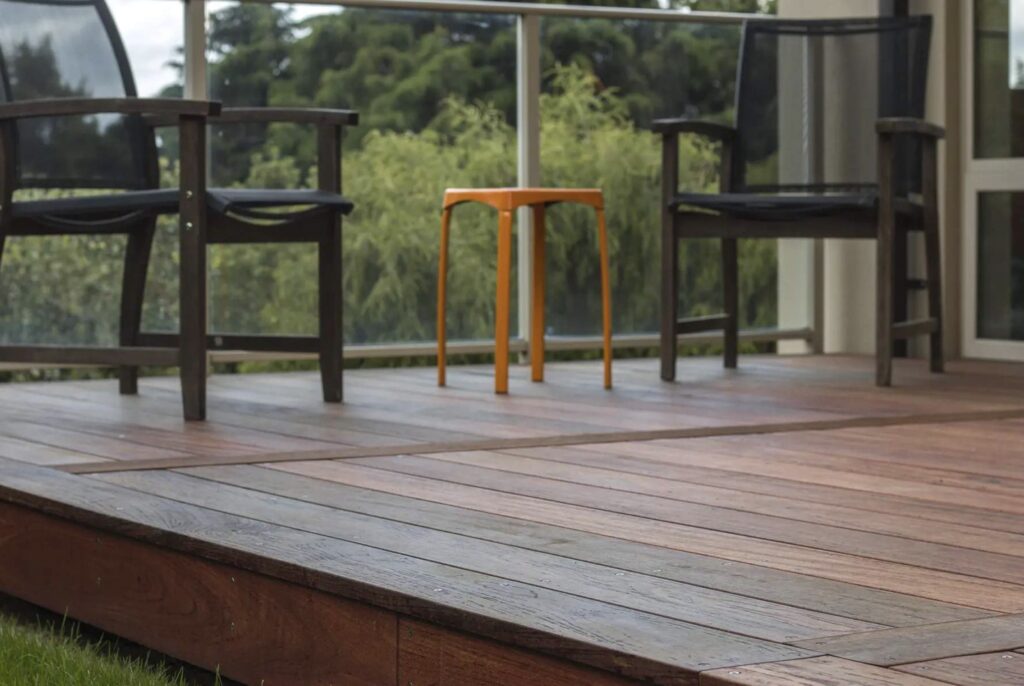
Capped vs Uncapped Decking
When it comes to decking materials, capped and uncapped decking are two popular options in New Zealand. Both have their advantages and disadvantages, so it’s important to consider your needs and budget before making a decision.
Capped Decking
Capped decking refers to composite decking that has a protective layer or “cap” on top of the core material. This cap is usually made from a durable polymer or resin that helps to prevent fading, staining, and scratching. Capped decking is often more expensive than uncapped decking, but it can offer superior performance and longevity.
Capped composite decking is a popular choice for those who want the look and feel of real wood without the maintenance. It’s resistant to moisture, insects, and rot, making it ideal for outdoor use. Plus, it comes in a variety of colors and textures to suit your style.
Uncapped Decking
Uncapped decking, on the other hand, is composite decking without the protective cap. It’s often less expensive than capped decking, but it may require more maintenance over time. Without the protective layer, uncapped decking is more susceptible to fading, staining, and scratching. However, it’s still a durable and long-lasting option for outdoor spaces.
Uncapped composite decking is a great choice for those who want a natural look and feel. It’s made from a blend of wood fibers and recycled plastic, giving it the strength and durability of composite materials. It’s also resistant to moisture, insects, and rot, making it a low-maintenance option for outdoor living.
Which One Is Right for You?
When choosing between capped and uncapped decking, consider your budget, maintenance needs, and style preferences. If you’re willing to invest more upfront for a low-maintenance, long-lasting option, capped decking may be the way to go. If you’re looking for a more affordable option that still looks great and performs well, uncapped decking may be the better choice.
Regardless of which option you choose, be sure to follow the manufacturer’s guidelines for installation and maintenance to ensure the longevity and performance of your deck.
Durability and Quality
When it comes to decking, durability and quality are two of the most important factors to consider. Capped and uncapped decking in New Zealand both have their own advantages and disadvantages in terms of durability and quality.
Rot and Decay Resistance
One of the biggest concerns with any type of decking is rot and decay. Capped decking is typically more resistant to rot and decay than uncapped decking, thanks to the protective layer that covers the surface of the boards. However, both types of decking can still be susceptible to rot and decay if they are not properly maintained.
Moisture Resistance
Moisture is another factor that can impact the durability and quality of decking. Capped decking is generally more moisture-resistant than uncapped decking, as the protective layer helps to prevent moisture from seeping into the boards. This can be especially important in areas with high levels of rainfall or humidity.
Quality and Durability
When it comes to overall quality and durability, hardwood decking is typically considered to be the best option. Hardwood decking is known for its strength and durability, and is less likely to crack or warp over time. However, hardwood decking can be more expensive than other types of decking, and may require more maintenance to keep it looking its best.
Conclusion
When choosing between capped and uncapped decking in New Zealand, it’s important to consider factors like rot and decay resistance, moisture resistance, and overall quality and durability. While both types of decking have their own advantages and disadvantages, hardwood decking is generally considered to be the most durable and high-quality option. However, it’s important to choose a decking material that fits your budget and maintenance needs, and to properly maintain your decking to ensure its longevity and quality.
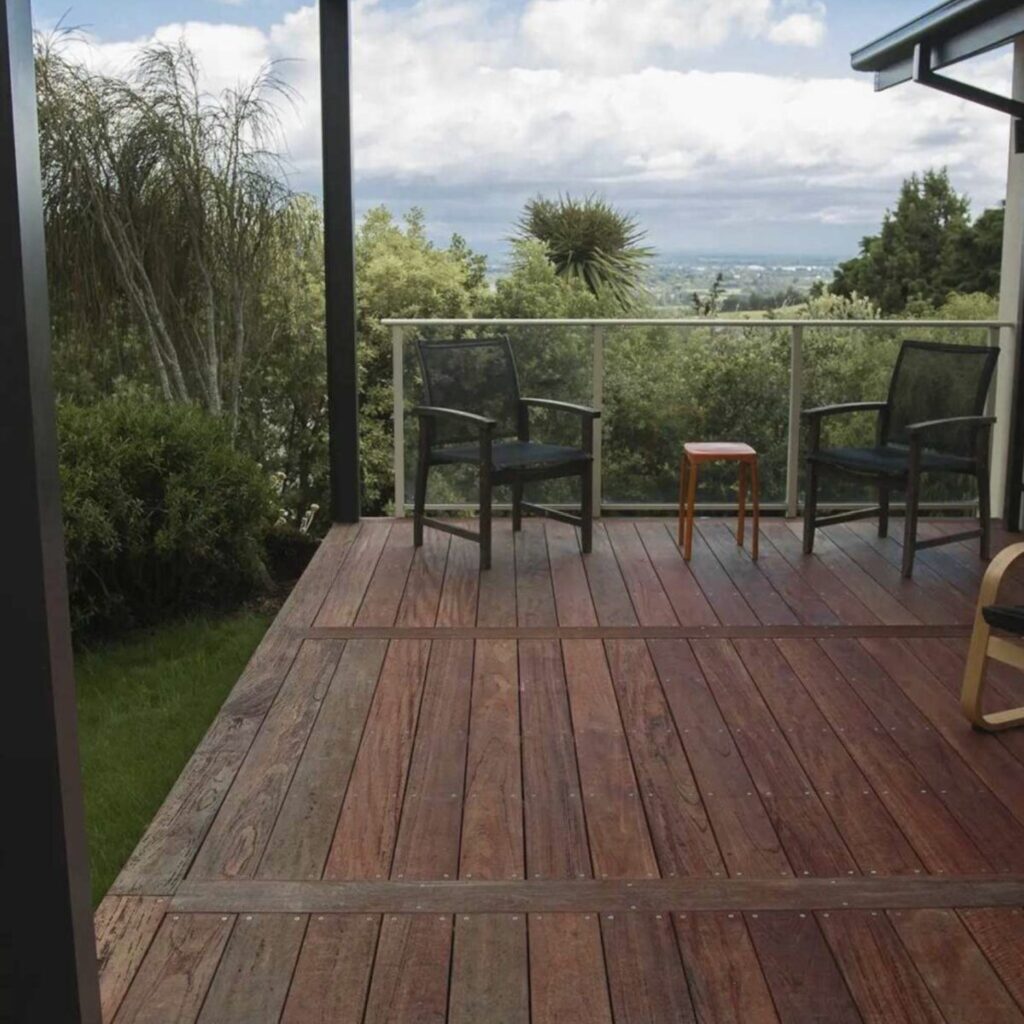
Maintenance and Cleaning
Maintaining and cleaning your deck is crucial to ensure it lasts as long as possible. The level of maintenance required depends on whether you have capped or uncapped decking.
Capped Decking
Capped decking is low-maintenance and requires less cleaning than uncapped decking. However, it is still important to clean it regularly to prevent dirt and debris from building up.
To clean your capped deck, simply sweep it with a broom or use a leaf blower to remove any debris. If there are any stubborn stains, you can use a soft-bristled brush and mild soap and water to gently scrub the area. Rinse the deck with a hose and let it dry completely before using it again.
Uncapped Decking
Uncapped decking requires more maintenance than capped decking. It is prone to staining and fading, so it is important to clean it regularly and apply a stain or sealant every few years.
To clean your uncapped deck, first remove any debris with a broom or leaf blower. Then, use a pressure washer or a hose with a high-pressure nozzle to remove any dirt or grime. For stubborn stains, use a deck cleaner and a stiff-bristled brush to scrub the area. Rinse the deck with a hose and let it dry completely before applying any stain or sealant.
In conclusion, whether you have capped or uncapped decking, regular maintenance and cleaning are crucial to ensure your deck lasts as long as possible. With proper care, you can enjoy your beautiful deck for years to come.
Cost and Budget Considerations
When it comes to choosing between capped and uncapped decking in New Zealand, cost and budget considerations are important factors to keep in mind. While both options have their own advantages and disadvantages, the cost can vary significantly depending on the material and brand you choose.
Uncapped decking is generally less expensive than capped decking, making it the more budget-friendly option. However, it may require more maintenance and upkeep over time, which can add to the overall cost in the long run. On the other hand, capped decking is more expensive upfront, but it requires less maintenance and can last longer, making it a more cost-effective option in the long term.
When considering the cost of capped vs. uncapped decking, it’s important to keep in mind the following factors:
- Material: The type of material you choose can greatly impact the cost. For example, composite decking is generally more expensive than wood decking, but it requires less maintenance and lasts longer.
- Brand: Different brands offer different pricing options, so it’s important to compare prices and features before making a decision.
- Installation: The cost of installation can vary depending on the complexity of the project and the contractor you choose.
Ultimately, the decision between capped and uncapped decking will depend on your budget and specific needs. It’s important to weigh the costs and benefits of each option before making a final decision.
Environmental Impact
When it comes to decking, the environmental impact is an important factor to consider. Capped and uncapped decking have different environmental impacts, and it’s important to understand these differences before making a decision.
Uncapped Decking
Uncapped decking is typically made of wood, which is a renewable resource. However, the production of wood decking can have negative environmental impacts, such as deforestation and habitat destruction. Additionally, the chemicals used to treat the wood can be harmful to the environment.
Capped Decking
Capped decking is often made of a mixture of wood and plastic, which can be less environmentally friendly than wood alone. However, some capped decking is made from recycled materials, which can make it more sustainable. Additionally, capped decking doesn’t require the same chemical treatments as wood decking, which can reduce its environmental impact.
Overall
When it comes to the environmental impact of decking, there are pros and cons to both capped and uncapped options. It’s important to consider the source of the materials, the production process, and the end-of-life disposal options when making a decision.
Installation and Longevity
When it comes to installation, capped decking is generally considered easier to install than uncapped decking. This is because capped decking boards are less likely to warp or bend during installation, making the process more straightforward. Additionally, because capped decking is more resistant to moisture, it can be installed closer to the ground than uncapped decking without the risk of rot.
In terms of longevity, capped decking is typically more durable than uncapped decking. This is because the protective cap layer helps to prevent moisture damage, fading, and staining. Capped decking is also less likely to develop mold or mildew, which can cause discoloration and deterioration over time. With proper maintenance, capped decking can last up to 25 years or more.
Uncapped decking, on the other hand, may require more frequent maintenance to keep it looking its best. This is because without the protective cap layer, the wood is more susceptible to moisture damage, fading, and staining. Uncapped decking may also be more prone to developing mold or mildew, which can cause discoloration and deterioration over time. With proper maintenance, uncapped decking can last up to 15 years or more.
Overall, if you are looking for a low-maintenance, durable decking option, capped decking may be the better choice. However, if you are on a tight budget and don’t mind putting in a little extra effort to maintain your deck, uncapped decking may be a more affordable option. Ultimately, the decision between capped and uncapped decking will depend on your individual needs and preferences.
Additional Considerations
When choosing between capped and uncapped decking, there are some additional factors to consider. These include:
Color Options
Both capped and uncapped decking come in a range of colors. Capped decking often has more color options available, as the protective coating can be made in different shades. If you have a specific color in mind, capped decking may be the better choice.
UV Resistance
UV rays from the sun can cause decking to fade and lose its color over time. Capped decking is generally more UV-resistant than uncapped decking, as the protective coating helps to block out the sun’s harmful rays. If your deck will be exposed to a lot of sunlight, capped decking may be a better option.
Slip Resistance
Slip-resistant decking is important for safety, especially in wet or damp conditions. Both capped and uncapped decking can be made with slip-resistant surfaces, but it’s important to check the manufacturer’s specifications to ensure that the decking you choose meets your needs.
Solid vs. Grooved
Decking can come in either solid or grooved versions. Solid decking has a smooth surface, while grooved decking has channels cut into it. Grooved decking is often used with hidden fasteners, while solid decking can be screwed down directly. Consider your fastening options when deciding between solid and grooved decking.
Fasteners
Speaking of fasteners, it’s important to choose the right ones for your decking. Some decking requires specific types of fasteners, while others can be used with a variety of options. Be sure to check the manufacturer’s recommendations before installing your decking.
Stain Resistance
Decking can be prone to staining from spills or other sources. Capped decking is generally more stain-resistant than uncapped decking, as the protective coating helps to prevent stains from penetrating the surface. If you’re concerned about staining, capped decking may be the better choice.
Protective Coating or Shell
Capped decking has a protective coating or shell that helps to protect the surface from the elements. This can make it more durable and long-lasting than uncapped decking. However, the protective coating can also add to the cost of the decking, so it’s important to weigh the benefits against the cost.
Outer Layer
Some capped decking has an outer layer that is made of a different material than the core. This can provide additional protection and durability, but can also add to the cost. Consider whether an outer layer is necessary for your decking needs.
Frequently Asked Questions
What is capped composite decking?
Capped composite decking is a type of decking material that has a protective layer or “cap” on top of the composite core. The cap is usually made from a durable polymer material that helps to protect the decking from fading, staining, and scratching.
Is capped composite decking better than uncapped?
Capped composite decking is generally considered to be better than uncapped decking because of its added durability and resistance to fading, staining, and scratching. The protective cap helps to keep the decking looking new for longer and requires less maintenance over time.
What does “capped” mean in decking?
“Capped” refers to the protective layer or cap that is added to the surface of the decking material. The cap is usually made from a durable polymer material that helps to protect the decking from the elements and everyday wear and tear.
Is all composite decking capped?
No, not all composite decking is capped. Some composite decking materials are uncapped, which means they do not have a protective layer or cap on top of the composite core. Uncapped decking materials may be less expensive than capped materials, but they may require more maintenance over time.
What are the benefits of capped composite decking?
The benefits of capped composite decking include added durability, resistance to fading, staining, and scratching, and a longer lifespan compared to other decking materials. Capped decking materials are also low-maintenance and require less upkeep over time.
Are there any downsides to capped composite decking?
The main downside to capped composite decking is that it can be more expensive than other decking materials, such as wood or uncapped composite. Additionally, some capped decking materials may be prone to fading or staining over time, especially in areas with high UV exposure or heavy foot traffic.
If you need a deck builder in Nelson give us a call today!
About the Author:
Mike Veail is a recognized digital marketing expert with over 6 years of experience in helping tradespeople and small businesses thrive online. A former quantity surveyor, Mike combines deep industry knowledge with hands-on expertise in SEO and Google Ads. His marketing strategies are tailored to the specific needs of the trades sector, helping businesses increase visibility and generate more leads through proven, ethical methods.
Mike has successfully partnered with numerous companies, establishing a track record of delivering measurable results. His work has been featured across various platforms that showcase his expertise in lead generation and online marketing for the trades sector.
Learn more about Mike's experience and services at https://theleadguy.online or follow him on social media:

